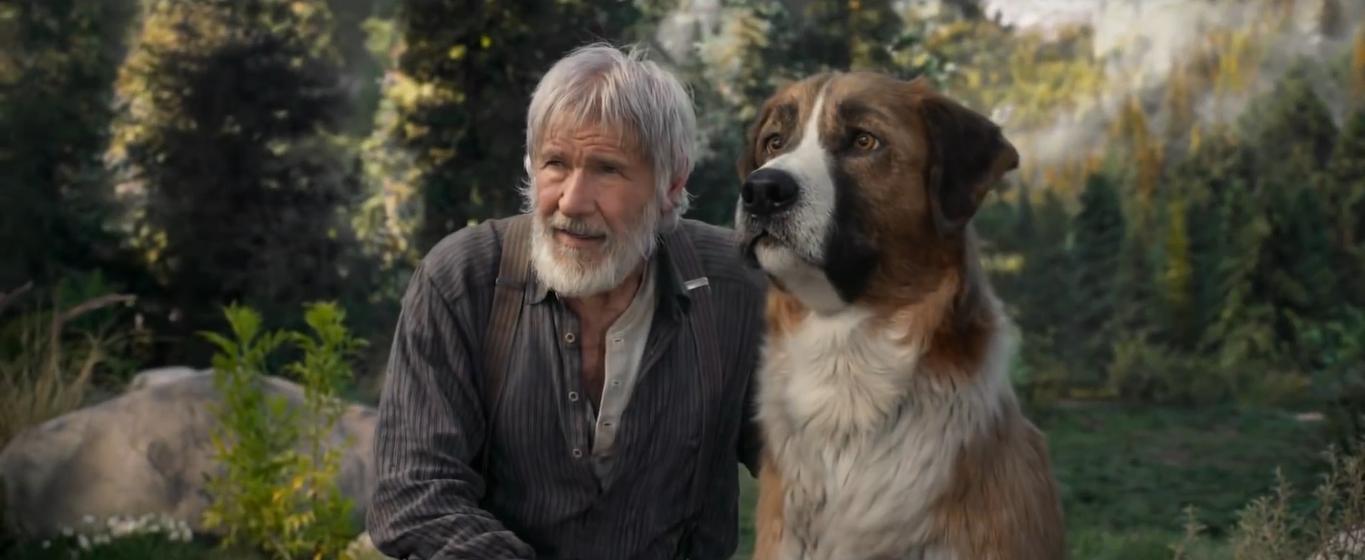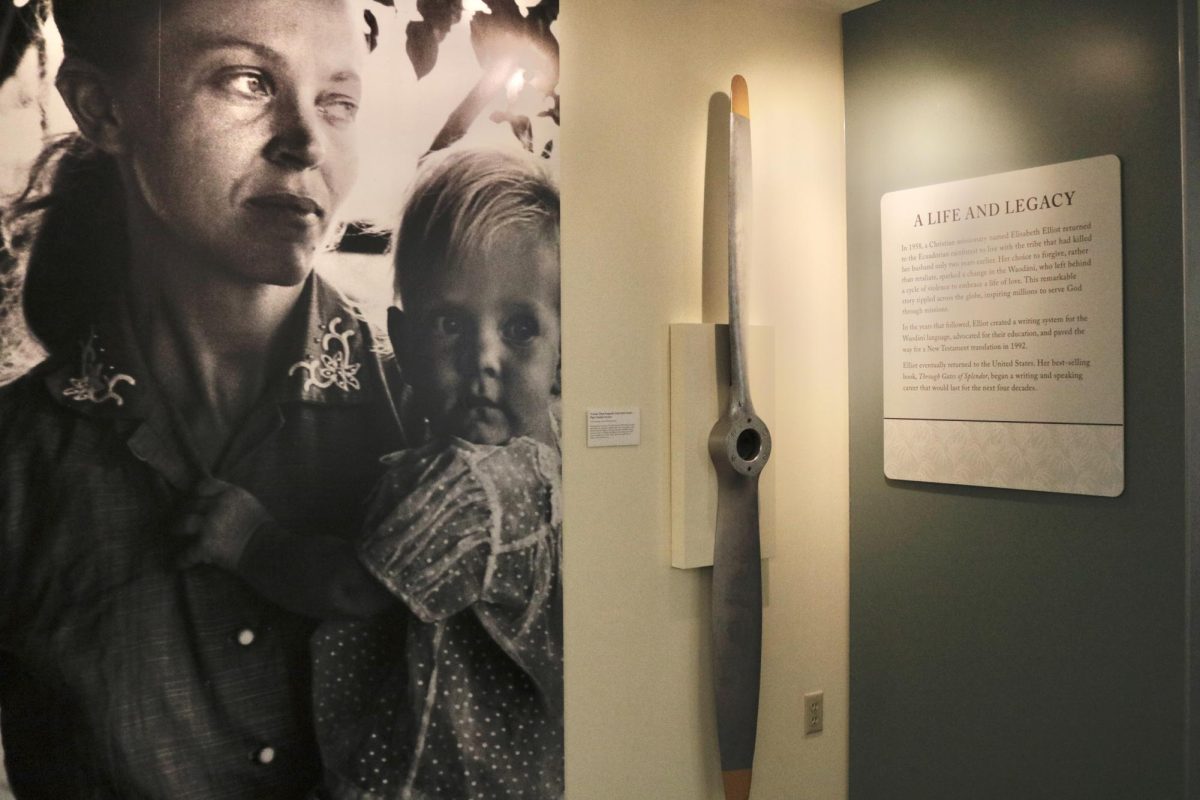Heartwarming, imaginative and timeless, Jack London’s classic tale finally found its way to the box office. “The Call of the Wild” film adaptation brings the 1903 story to life through expressive animal animation, allowing the audience to truly connect with the protagonist Buck as he finds his true calling into the wild. This charming film will steal audiences’ hearts, whether fans of the original book or not.
LIFELONG LESSONS
“The Call of the Wild” journeys through the story of Buck, who begins as the spoiled pet of a rich family in California. As hard as the family tries, it cannot contain Buck’s energy, and he often gets left outside in isolation as he misbehaves. After being kidnapped and sold to dog traders, Buck is taken to the Yukon in Alaska, where he finds himself drawn toward the wilderness and eventually discovers his true identity as a wild dog and leader of a wolf pack.
Though Buck is a dog, humans benefit from the lessons he learns throughout his adventures. During his time as a sled dog for a mail team, he gains the respect of the other dogs on the team through demonstrating selflessness, kindness and bravery. Audiences see the heartwarming effects of a loyal friendship when Buck continually runs back to John Thornton, played by Harrison Ford, every night, despite his desire to remain in the wild. Although Buck is only an animal, he displays virtues that audiences of all ages should strive toward.
ARDENT ANIMALS
Ford put on a beautiful performance as John Thornton, the lost old man who rediscovers the value of life through his friendship with Buck. Having lost his family in years prior, Thornton adopts Buck as his new “family,” giving him a good excuse to both stop drinking and continue his quest in exploring Alaska. Ford perfectly portrayed the soulfulness of a man who has been battered down by life.
But the true stars of “The Call of the Wild” are the animals, which were entirely animated using CGI. Some may criticize them as appearing unrealistic, but the animals’ expressions make up for the poor animation. The creators animated them to appear like humans, portraying distinguishable sadness, happiness, anger and fear in their faces. In a story that portrays a dog with many human-like qualities as the main character, this was necessary to get the audience to truly connect with Buck.
Though the animation of the animals themselves is not perfect, illustrating the dogs in a way that displays human emotions takes the sentimental influence of the story to the next level. If the dogs had been expressionless and more realistic, like the animals in the live-action version of “The Lion King,” the message would not have resonated with audiences. Because of this artistic decision, audiences can better relate to Buck and the rest of the animal characters.
HEARTFELT ADAPTATION
Fans of the original book will be thrilled that the film adaptation of “The Call of the Wild” stays true to the book for the most part. Though director Chris Sanders does not shy away from depicting some animal abuse and violence in the film, a few of the more violent moments in the book were either omitted or left implied, such as the death of lead sled dog Spitz and the deaths of the remaining sled dogs in the river after Buck is beaten by his master.
The film does well at communicating both the uplifting and tragic moments of the original story. Audiences will smile, laugh and cry as Buck experiences both victory and heartache throughout the story.








